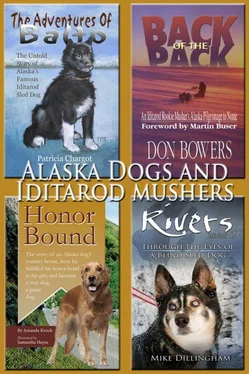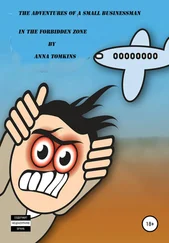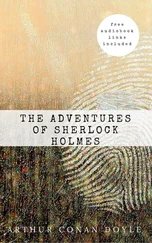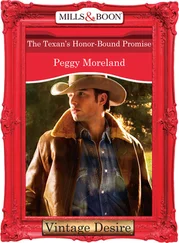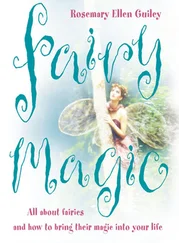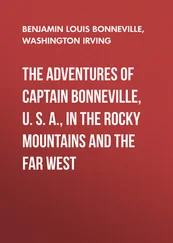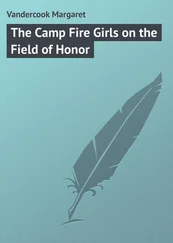Nome had been Seppala’s home since 1900, but the frontier outpost had shrunk dramatically since those heady gold rush days. Then, 30,000 residents and visitors clogged the streets. Now, there were only about 1,450 inhabitants fewer people than sled dogs. Still, Nome was a metropolis compared with tiny Skjervoy (ski-YEAH-voy), the Norwegian fishing village where Sepp had spent his boyhood.
Skjervoy had stamped Seppala with a fierceness that rivaled the Alaska winter itself. By any standard, winter was harsh in Nome, 140 miles south of the Arctic Circle. But it was even harsher in Skjervoy, 500 miles north of the Circle, near the Arctic Ocean. And Seppala had felt the full impact of that harshness, like a lion tamer who has seen the inside of a lion’s mouth.
Seppala was only 11 when he was first sent to his father Isak’s winter fishing grounds. That first winter, he stayed on shore baiting hooks, helping in the cooking galley, scrubbing the mens’ clothes and bunking in a small, drafty cabin.
By 14, the young Viking was working aboard his father’s beloved boat, the Leviathan — handling the ropes and rigging with raw, reddened hands, hauling up huge nets filled with thousands of squirming cod; sweating one minute, shivering the next.
At night, every bone in his small body ached. He listened to the men tell stories about terrifying sea monsters, and boats and men that had been lost at sea — and felt grateful not to be among them. He returned home to Skjervoy a man, not a boy — with a man’s appetite for daring and adventure.
He found both in Nome — first as a gold prospector, then as a sled dog racer. Sepp and his Siberians had won every big race in Alaska, including the 408-mile All-Alaska Sweepstakes three years in a row. He almost always won the “condition prize,” too, for finishing the race with dogs that were in better shape than his opponents’. He had a reputation for taking good care of his dogs.
“That man is superhuman,” one competitor said of Seppala. “He passed me every day of the race, and I wasn’t loafing any. I couldn’t see that he drove his dogs. He just clucked to them every now and then, and they would lay into their collars harder than I’ve ever seen dogs do before.
“Something came out of him and went into those dogs with that clucking. You’ve heard of some men who hold supernatural control over others? Hypnosis, I guess you call it. I suppose it’s just as likely to work on dogs. Seppala certainly has it if anyone has.” [1] From The Complete Siberian Husky by Lorna B. Demidoff and Michael Jennings.
Sepp’s No. 1 leader in 1922 — the year Balto was born — was Togo, a nine-year-old gray male with ice-blue eyes, that was small even for a Siberian. Alaska’s top husky weighed only 50 pounds! But Togo was “fifty pounds of muscle and fighting heart,” as Seppala liked to say. He was a natural born leader that, in Sepp’s opinion, had the temperament of genius: Ambitious even as an eight-month-old puppy, he repeatedly broke out of his kennel and followed after Sepp and the big dogs until they finally let him join their team.
On the very day that Sepp hitched him up for the first time — close to the sled so he could keep an eye on him — Togo performed so well that after only a few miles, he was promoted up the line. Soon afterwards, he was made co-leader — alongside old Rusty.
Togo had boundless energy and endurance and an unerring sense of the trail, even in the most blinding of blizzards. Named after Togo Heihachiro, a famous Japanese admiral, he was respected by all the dogs in Sepp’s kennel — 32 other noisy, frisky Siberians, including the young Balto.
Balto was one of the lesser huskies, in Sepp’s opinion — definitely a member of the “B” team. He was considerably larger than Togo and more ruggedly built, but he was a much slower runner. Sepp had named him for Samuel Johannesen Balto, a famous Sami (SAH-me) and fellow Norwegian who had lived in Alaska for 24 years and had died shortly before Balto was born. (The Sami are an Arctic herding people who live in the northern reaches of Norway, Sweden, Finland and Russia.)
Seppala’s boyhood hero had been Fridtjof (FRITCH-uff) Nansen, the great Norwegian explorer, and Samuel J. Balto had accompanied Nansen on the first crossing of the Greenland Ice Cap. Balto’s lively sense of humor had buoyed the moody Nansen’s spirits on the long trek across endless snowdrifts and ice floes. But Balto also had been temperamental, complaining and even whining when he felt deprived of some food or exhausted by the grueling journey. Like Nansen, who eventually tired of his Sami guide and declined to invite him on future expeditions, Seppala quickly lost interest in Balto’s canine namesake. Unimpressed with what Sepp called the husky’s poor work attitude, Seppala neutered him at six months and relegated him permanently to the “B” team.
Still, there was no denying that Balto was cute, with his with long, thick, shiny brownish-black hair, white markings that looked like socks — one short and one long — and button eyes like a bear’s. And he had a proud, regal bearing.
He appealed to Gunnar Kaasen, a handsome young Norwegian and newcomer to Alaska who hadn’t yet made enough money to buy his own dogs. When he needed a team, he borrowed one from Seppala, who was a mentor to the younger fellow countryman. Kaasen, 21, became the 48-year-old Seppala’s assistant. He was a big, rugged man who liked big, rugged dogs. He liked big Balto.
Seppala and Kaasen worked for a large gold mining company, driving dog teams with food and other supplies to the outlying gold camps. In addition to paying Seppala’s salary, the company paid for his dog food. It was an important perquisite (PURR-kwi-zit) — “perk” for short, or bonus — because Seppala’s real work was training for sled races. Without free dog food, he probably couldn’t have kept such a large breeding kennel. His teams also carried sick and injured miners to Nome for medical treatment.
But the serum run was Seppala’s most urgent mission yet. When the message went out in January 1925 that children were dying of diphtheria in Nome, Alaskan officials quickly realized that the only way to deliver serum was by dog sled.
Initially, Seppala was to play the major role. As one of the Territory’s most skilled drivers, he was asked by Nome officials to set out for Nenana, 674 miles away, to meet the train carrying serum from Anchorage. Nenana was the end of the rail line. Seppala and his champion dogs were to mush back to Nome. The total trip was 1,348 snow-covered miles!
But officials in Juneau, the Territory’s capital, soon came up with a different plan — and a better one. They wired Nome officials to tell Seppala to set off from Nulato, the half-way point between Nenana and Nome. To save time, another musher would carry the serum from Nenana to Nulato.
Then the plan was changed again: Twenty mushers would carry the serum in a relay race. By using fresh teams to cover distances of 18 to 53 miles, the serum was certain to arrive sooner than if two teams each ran more than 300 miles with only brief rest stops. Every minute counted.
But Juneau wired the new changes too late. Seppala had already set off with his best 20 dogs, including Togo. He was out of reach, racing across the wilderness to Nulato.
Before leaving, Seppala had told Kaasen to use the remaining 12 dogs for any hauling that needed to be done while he was gone — with Fox as leader.
But Seppala never made it to Nulato. With 140 miles left to mush, he ran into Henry Ivanoff, another driver, who had just left the village of Shaktolik with the serum. Ivanoff’s dogs were fresh, but both men knew that Seppala and his champion dogs probably would make better time to Golovin, 91 bitter miles away. So Ivanoff handed Sepp the serum, and Sepp turned his team around.
Читать дальше
